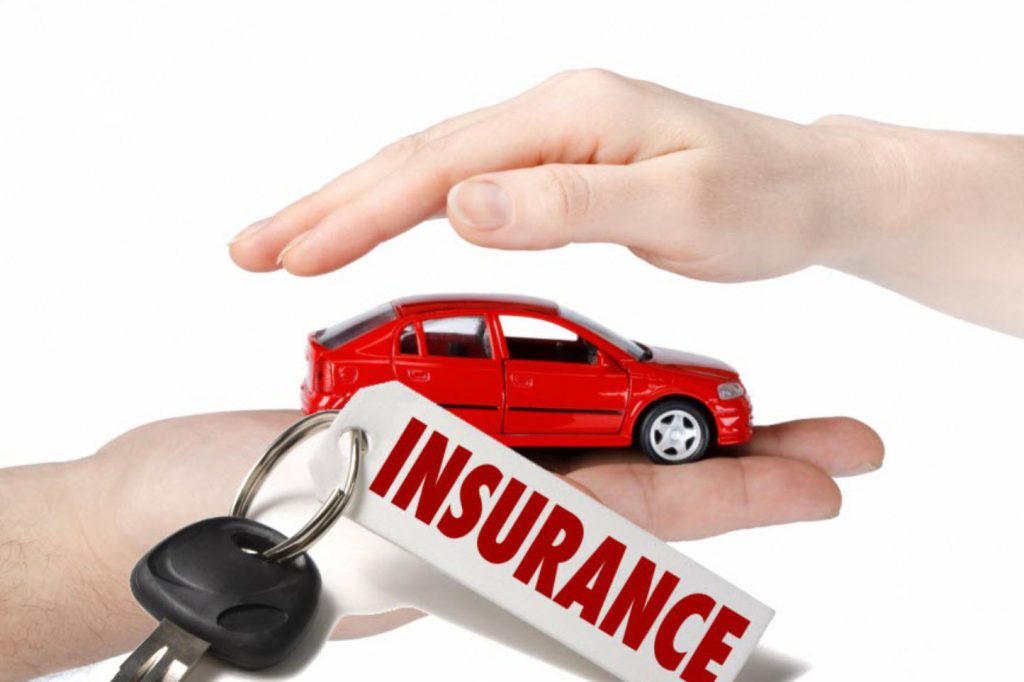
What is Car Insurance?
Definition and Purpose
Car insurance is a type of coverage that protects you and your vehicle in the event of an accident, theft, or damage. It provides financial support to repair or replace your vehicle, pay for medical bills, and cover liability for damage you may cause to others. Essentially, car insurance acts as a safety net that helps mitigate the financial risks associated with driving.
Types of Car Insurance Policies
There are several types of car insurance policies, each with its own coverage options. The most common types include:
- Liability Coverage: Covers damage you cause to others in an accident.
- Collision Coverage: Pays for damage to your vehicle from a collision.
- Comprehensive Coverage: Covers non-collision incidents like theft, vandalism, or natural disasters.
- Personal Injury Protection (PIP): Covers medical costs for you and your passengers.
- Uninsured/Underinsured Motorist Coverage: Protects you if you’re in an accident with a driver who lacks sufficient insurance.
Why is Car Insurance Important?
Protecting Your Vehicle and Finances
Car insurance not only protects your car from accidents and theft but also shields your finances. Without it, you could face high repair costs or legal fees from accidents. insureguide.net gives you peace of mind knowing that you’re covered in case of an unexpected event on the road.
Legal Requirements
In most countries, having car insurance is a legal requirement for drivers. It ensures that if you cause an accident, you can cover the damage to other people’s property and medical costs. Driving without insurance can lead to fines, legal penalties, and even the suspension of your license.
Types of Car Insurance Coverage
Liability Coverage
Liability coverage is often required by law and is essential for protecting you if you’re responsible for an accident. This coverage helps pay for damages to others’ property and medical bills. It usually consists of two parts:
- Bodily Injury Liability: Covers medical expenses for people injured in an accident you caused.
- Property Damage Liability: Covers damage to other people’s vehicles or property.
Collision Coverage
Collision coverage pays for the repairs to your car after an accident, regardless of who’s at fault. If you hit another car or object, this type of insurance helps cover the repair costs for your vehicle.
Comprehensive Coverage
Comprehensive coverage protects your vehicle against damage from events other than accidents, such as theft, vandalism, or natural disasters like hurricanes or floods. If your car is damaged or destroyed by any of these incidents, comprehensive coverage helps cover the costs.
Personal Injury Protection (PIP)
Personal Injury Protection (PIP) helps cover medical expenses for you and your passengers, no matter who was at fault in the accident. This type of coverage can help with hospital bills, lost wages, and even funeral costs.
Uninsured/Underinsured Motorist Coverage
This coverage kicks in if you’re involved in an accident with a driver who doesn’t have enough insurance or no insurance at all. Uninsured/underinsured motorist coverage helps pay for your damages and medical bills.
Factors That Affect Car Insurance Premiums
Your Driving Record
One of the most significant factors in determining your insurance premium is your driving history. If you have a clean record with no accidents or violations, you’re likely to pay a lower premium. However, a history of traffic violations or accidents could cause your premium to rise.
The Type of Car You Drive
The make and model of your vehicle can also affect your insurance rates. Sports cars or luxury vehicles often have higher premiums because they are more expensive to repair or replace. On the other hand, cars with high safety ratings and lower repair costs may be cheaper to insure.
Your Location and Insurance History
Your location matters because certain areas may have higher rates of accidents, theft, or weather-related damages. For example, urban areas tend to have higher premiums than rural areas. Additionally, if you have a history of claims, your premiums could increase.
Deductibles and Coverage Limits
Choosing a higher deductible (the amount you pay out-of-pocket before insurance kicks in) can lower your premium. However, this means you’ll have to pay more if you need to file a claim. Additionally, adjusting your coverage limits can also impact how much you pay each month.
How to Choose the Right Car Insurance Policy
Evaluating Your Needs
Before selecting a policy, consider the coverage you need based on your driving habits, vehicle value, and budget. If you drive an older car, you might not need comprehensive coverage, but if you drive a newer, high-value car, you may want to opt for full coverage.
Comparing Quotes from Different Providers
It’s important to shop around and compare quotes from different insurance providers to find the best rates. Factors like customer service, claims process, and coverage options should also be considered in addition to price.
How Car Insurance Claims Work
Filing a Claim
If you’re involved in an accident or experience damage to your car, you’ll need to file a claim with your insurance company. This process typically involves providing details about the accident, submitting photos of the damage, and, in some cases, having an adjuster inspect the vehicle.
What Happens After Filing a Claim?
Once your claim is filed, your insurance provider will assess the damage, determine if it’s covered under your policy, and estimate the repair costs. Depending on your policy, you may need to pay your deductible before receiving a payout.
How to Save Money on Car Insurance
Bundling Policies
One way to save on car insurance is by bundling it with other policies, such as home or renters insurance. Many insurers offer discounts for combining multiple policies.
Maintaining a Good Driving Record
Maintaining a clean driving record can help keep your premium low. Avoid speeding tickets, accidents, or any other traffic violations to ensure your rates stay affordable.
Increasing Your Deductible
Opting for a higher deductible can lower your monthly premium. However, keep in mind that this means you’ll need to pay more out-of-pocket if you need to file a claim.
Car Insurance Coverage Limits
Understanding Your Policy Limits
Coverage limits refer to the maximum amount your insurance provider will pay out for a covered claim. It’s important to know your policy limits to ensure you have adequate coverage for potential damages.
How to Adjust Your Coverage Limits
If you feel that your policy limits aren’t sufficient, you can increase your coverage limits. Just keep in mind that increasing your limits may raise your premium.
Common Car Insurance Myths
Car Insurance Covers All Types of Damage
Many people believe that car insurance covers all types of damage, but that’s not the case. For example, damage to your car due to natural disasters or accidents with uninsured drivers may not be covered under basic liability insurance.
Red Cars Are More Expensive to Insure
It’s a common myth that red cars are more expensive to insure, but the color of your car doesn’t affect your insurance premium. What matters more is the make and model of the vehicle.
Car Insurance for New vs. Used Cars
Insurance for New Cars
New cars are often more expensive to insure because they have higher repair costs and replacement values. However, they often come with advanced safety features that may qualify you for discounts.
Insurance for Used Cars
Used cars generally have lower premiums because they are worth less than new cars. However, if the car is older, it might not qualify for comprehensive coverage, and you may need to adjust your policy accordingly.
The Future of Car Insurance
Telematics and Usage-Based Insurance
Telematics devices track your driving habits, such as speed, braking patterns, and mileage. Usage-based insurance allows insurers to offer personalized premiums based on how you drive, rewarding safe drivers with lower rates.
The Role of Autonomous Vehicles in Car Insurance
As autonomous vehicles become more prevalent, car insurance policies may need to evolve. Insurers will likely need to account for different risks, such as the technology behind self-driving cars and how liability will be assigned in the event of an accident.
Conclusion
Car insurance is a crucial part of responsible vehicle ownership, providing protection against accidents, theft, and unexpected damages. By understanding the types of coverage available, how premiums are calculated, and how to choose the right policy, you can ensure that you have the protection you need at a price you can afford.







